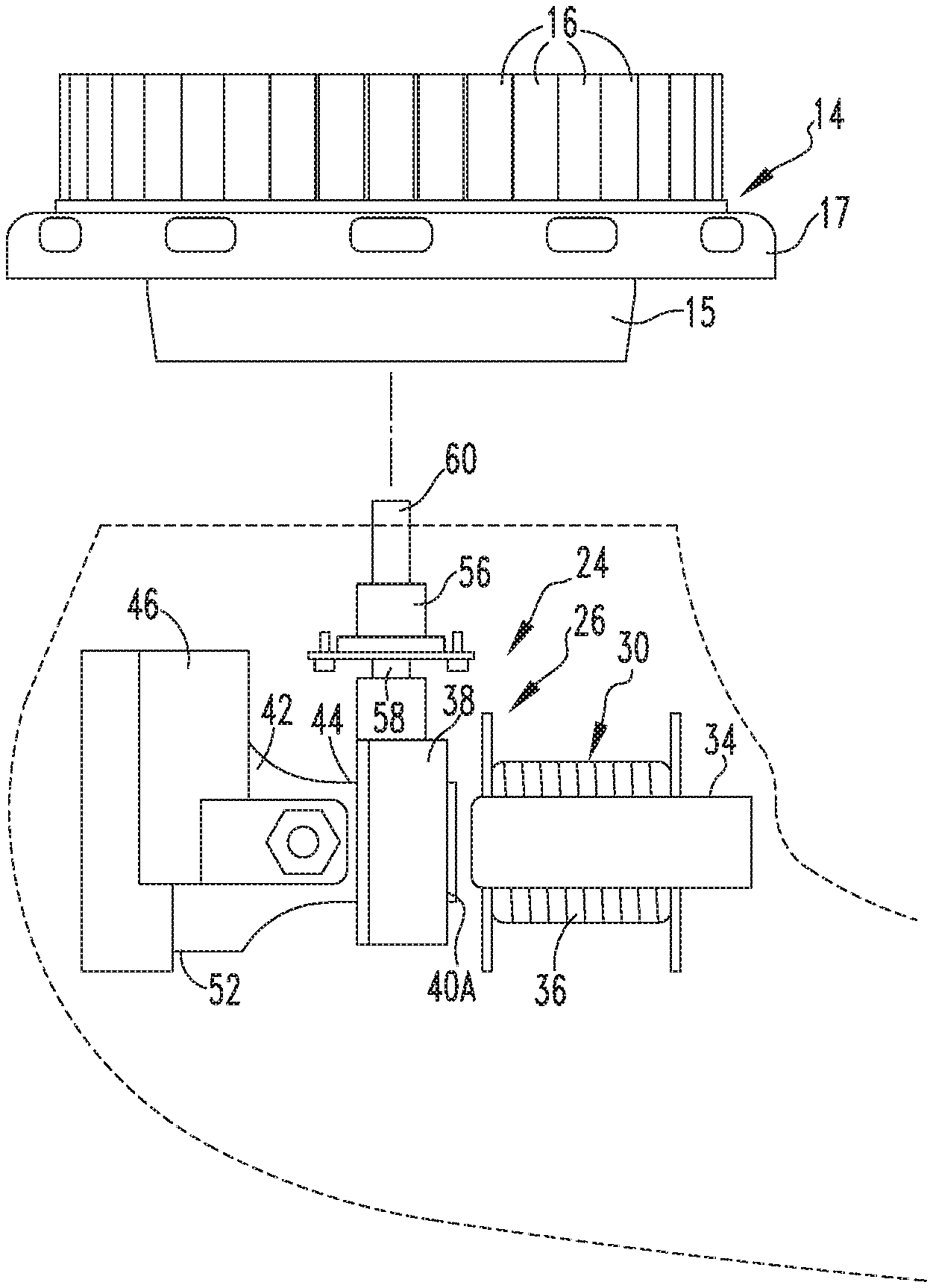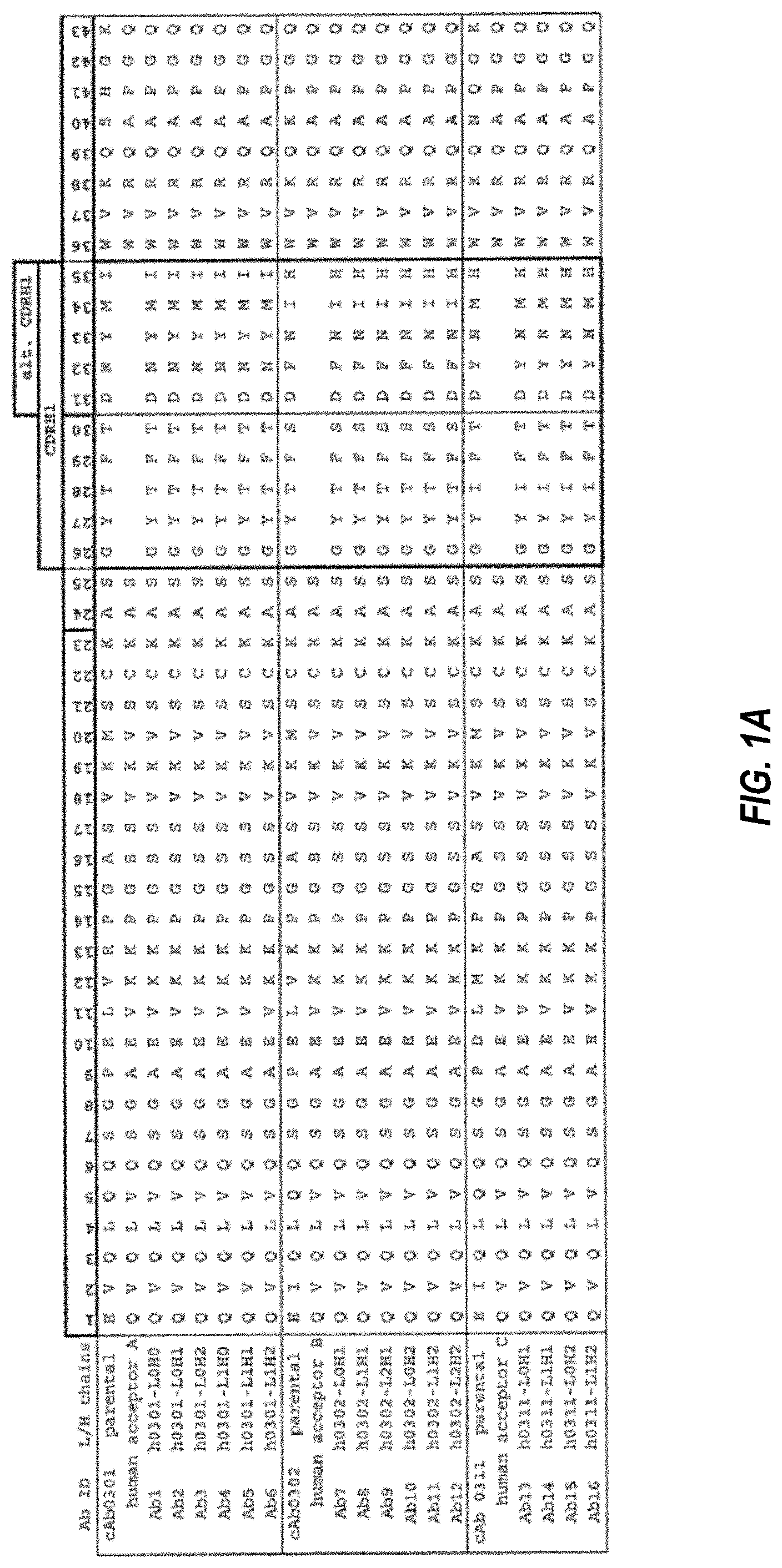Invented by Lewis Hendler, Haizhen Chen, Keyue Yu, Xushan Zhan, Michael Todd Beauty Lp
Personal care appliances encompass a wide range of products, including hair dryers, straighteners, curlers, electric shavers, trimmers, electric toothbrushes, and facial cleansing brushes. These appliances have become an integral part of our daily routines, helping us achieve the desired look and ensuring proper hygiene.
One of the key factors driving the market for personal care appliances is the growing awareness among consumers about the importance of personal grooming. People are becoming more conscious of their appearance and are willing to invest in products that can help them look their best. The rise of social media platforms and the influence of celebrities and influencers have also played a significant role in shaping consumer preferences and driving the demand for personal care appliances.
Another factor contributing to the market growth is the advancements in technology. Personal care appliances are now equipped with innovative features and functionalities that make them more efficient and user-friendly. For example, hair dryers now come with advanced heat and speed settings, while electric toothbrushes have built-in timers and pressure sensors to ensure effective brushing. These technological advancements have not only improved the performance of these appliances but also enhanced the overall user experience.
Furthermore, the increasing disposable income and changing lifestyles of consumers have also contributed to the market growth. As people have more money to spend and are leading busier lives, they are looking for appliances that can save them time and effort. Personal care appliances offer convenience and efficiency, allowing consumers to achieve their desired look or maintain their hygiene in a shorter span of time.
The market for personal care appliances is highly competitive, with numerous brands and products available in the market. Manufacturers are constantly innovating and launching new products to cater to the evolving needs and preferences of consumers. They are also focusing on sustainability and eco-friendliness, with many appliances now being designed to consume less energy and produce less waste.
In conclusion, the market for personal care appliances is experiencing significant growth due to the increasing focus on personal grooming, technological advancements, changing lifestyles, and rising disposable income. As consumers continue to prioritize their appearance and well-being, the demand for these appliances is expected to further increase in the coming years. Manufacturers need to stay ahead of the curve by continuously innovating and offering products that meet the evolving needs of consumers.
The Michael Todd Beauty Lp invention works as follows
The “Portable, Electrically Driven, Handheld Sonic Personal Skin/Hair Care Device” includes a housing, a drive assembly, and a treatment component. The treatment member can include active ingredients that are incorporated into the manufacturing process to safely inhibit and resist the growth of bacteria, mold and mildew. The drive assembly comprises a stator and armature assemblies, mounting members attached to housings, an elongated pivot having a first end coupled directly to the armature and a second directly coupled with the mounting member and a mounting arm with first and second ends directly coupled.
Background for Personal care appliance
1. “1.
The present invention relates to personal care appliances such as a skin care brush that is used to clean, care for and treat hair and skin. It also relates to a handheld, portable device that can be used to clean, care for and treat hair and skin.
2. “2.
Hand-held personal care devices used to treat, care for or clean the skin or the hair (e.g. to clean, massage or apply creams, cleaning solutions or other substances to hair or skin) are well known and gaining in popularity. These devices are used most commonly to provide daily hygienic care of the skin, and in particular for facial care. These devices are usually a small hand-held casing with an internal motor, and a power source that is self-contained (such as batteries) to produce a specific movement or action of a workpiece. Among others, power brushes and toothbrushes are examples of these appliances. These personal care products have motors that produce oscillation (back and forward) or rotation.
There is still room for improvement when it comes to personal care appliances, such as handheld devices that treat skin and hair. It is therefore desirable to have an appliance that is energy-efficient, durable, and has a drive assembly that is strong (faster, stronger, and more powerful). According to an aspect described herein of the invention, it would be desirable to incorporate into the product during the manufacturing process active ingredients which are safe to use on skin, and that resist and inhibit growth of molds, mildews, fungus, and/or bacteria, keeping the product cleaner and healthier over a longer time period. Stain and odor are also controlled by helping to prevent the growth microorganisms.
The present invention aims to provide an improved personal care device that: (i) uses a new mechanism to produce oscillating motion of a piece of work, such as a pad or brush, that is more powerful, energy-efficient, quiet, and durable; and (ii), incorporates active ingredients into the manufacturing process that are safe to use on skin, and that resist and inhibit growth of molds, mildews, fungus, and/or bacteria to keep the workpiece clean and healthier for a long Stain and odor are also controlled by helping to prevent the growth microorganisms.
In a particular embodiment, an appliance for personal care is provided. It includes a housing with a drive unit, and a component that is coupled to the drive unit and driven by it. In one specific implementation, the workpiece includes active ingredients that are incorporated into the manufacturing process to safely inhibit and resist the growth of bacteria, mold, mildew and/or fungus. The drive assembly comprises a stator, an adjacent armature, which is responsive to stator movement to move along a path. A mounting member attached to a housing of the personal-care appliance includes an elongated, pivot arm with a first and second end that are directly coupled. This allows the armature to oscillate in an arcuate fashion about a pivot located on the mounting assembly. When energized, the stator is designed to cause the armature (which, as described, oscillates in an arcuate fashion about a pivot located at the mounting arm) to oscillate. The mounting arm is connected to the workpiece so that the workpiece can oscillate in relation to the housing when the armature oscillates.
The invention also includes “In another embodiment a personal care device is provided which includes a housing and a drive unit provided within the housing. The drive unit includes a stator and an armature adjacent to the stator. Wherein, when the stator is energized, it is designed to cause the oscillation in the armature, and wherein a workpiece is coupled to the armature so that the oscillation of the assembly causes the oscillation of workpiece relative to the housing.
The singular forms of ‘a?, ‘an? and ‘the? are used in this document. Include plural references, unless the context makes it clear otherwise.
As used in this document, the phrase “two or more elements or parts are coupled” means that they are joined or operate together either directly or indirectly. The term “coupled” shall be used to describe the fact that two or more parts are connected or work together, either directly or through intermediary parts or elements.
Directly coupled is used in this context to mean that two elements are directly in contact with each other. “Directly coupled” means that two components are in direct contact with one another.
As used in this document, “fixedly coupled” means: “As used here,?fixedly coupled? “To move together as one, two elements must be coupled in a way that they maintain a constant position relative to each other.
As used in this document, the term ‘unitary’ means a part is created as a single piece or unit. A part is made as a unit or single piece. A part which is made up of pieces that were created separately, and then welded together to form a whole is not considered ‘unitary. “A part or body
As used herein, the phrase that two or more elements or parts?engage?einandereinander shall mean that they exert a force against one another either directly or through one or more intermediate parts or elements. The statement that two or more parts or elements?engage?
As used herein, “number” shall mean one or an integer greater than one (i.e. a plurality). “A number” shall be defined as one or an integer larger than one.
The direction phrases that are used in this document, including but not limited to, top, bottom left, right upper, lower front, and back, refer to the orientations of the elements depicted in the drawings. They do not limit the claims, unless they are explicitly stated.
FIG. FIG. FIG. According to one embodiment of the invention, FIG. 1C shows a rear elevational image of a handheld personal-care appliance 2. Personal care appliance 2 in the illustrated embodiment includes a main housing 4 that is divided into two parts, a front portion 6 and an rear portion 8. The first portion 6 is coupled to the second portion 8. Main housing 4 also includes a handle portion 10, provided at the first end of the housing, and structured for the user to grasp and hold the personal care appliance 2. An attachment portion 12, provided at the second end of the housing, is structured to hold and mount a workpiece in a way that allows the workpiece to be oscillated to use it in skin or hair care, cleaning, and treatment, as described herein. The exemplary embodiment also includes non-slip portions 11A and11B coupled to the surface 10 of the handle portion. The non-slip portions 11A and11B are made from a rubbery material and have a plurality protruding members 13 (e.g. bumps) to help grip and hold the personal care device 2.
In the non-limiting embodiment illustrated, a workpiece member is circular brush head 14 with a base 15 and bristles 16 arranged in a circle pattern on base 15, and a locking ring 17. The locking ring 17 secures brush head 14 in place. Other types of workpieces may be substituted for bush head assembly 14. For example, a massage head assembly, pad member assembly, or a combination thereof.
There is constant interaction between humans and microbes because of their presence in every aspect of our lives. It is particularly true in the case of the workpiece, where the skin cells that are left on the bristles of the brush or other workpiece members, due to the exfoliating effect of the brush, can provide a source of food for microorganisms. When combined with moisture and sunlight, this provides a breeding grounds for mold, mildew, fungus and microbes such as E. coli, Staph and other microorganisms. On unprotected surfaces bacteria can multiply by 200% every 20 minutes.
In one non-limiting embodiment, components of the workpiece members, including without limitation the bristles 16, are manufactured with active ingredients that (i) are safe to use on the body and (ii), resist and inhibit growth of molds, mildews, fungus, and/or bacteria, keeping the piece member cleaner and healthier over a longer time period. Stain and odor are also controlled by helping to prevent the growth microorganisms.
Such active ingredients can also include, without limitation, essential plant oils (e.g., cinnamon oil, clove oil, eucalyptus, oregano, lavender, leleshwa, lemon, lemon myrtle, mint, neem, nigella sativa (black cumin) oil, peppermint, sandalwood, ironwort, tea tree, and thyme oils), and essential minerals, as well as bacteria resistant polymers. These active ingredients can also include essential oils, such as cinnamon oil (cinnamon oil), clove oil (clove oil), eucalyptus (oregano) oil (lavender oil), lemon (leleshwa) oil (lemon myrtle), mint (mint oil), nigella (black cumin), peppermint (peppermint oil), sandalwood (black cumin), ironwort (thyme), tea tree (thyme oil), or essential minerals
Click here to view the patent on Google Patents.









